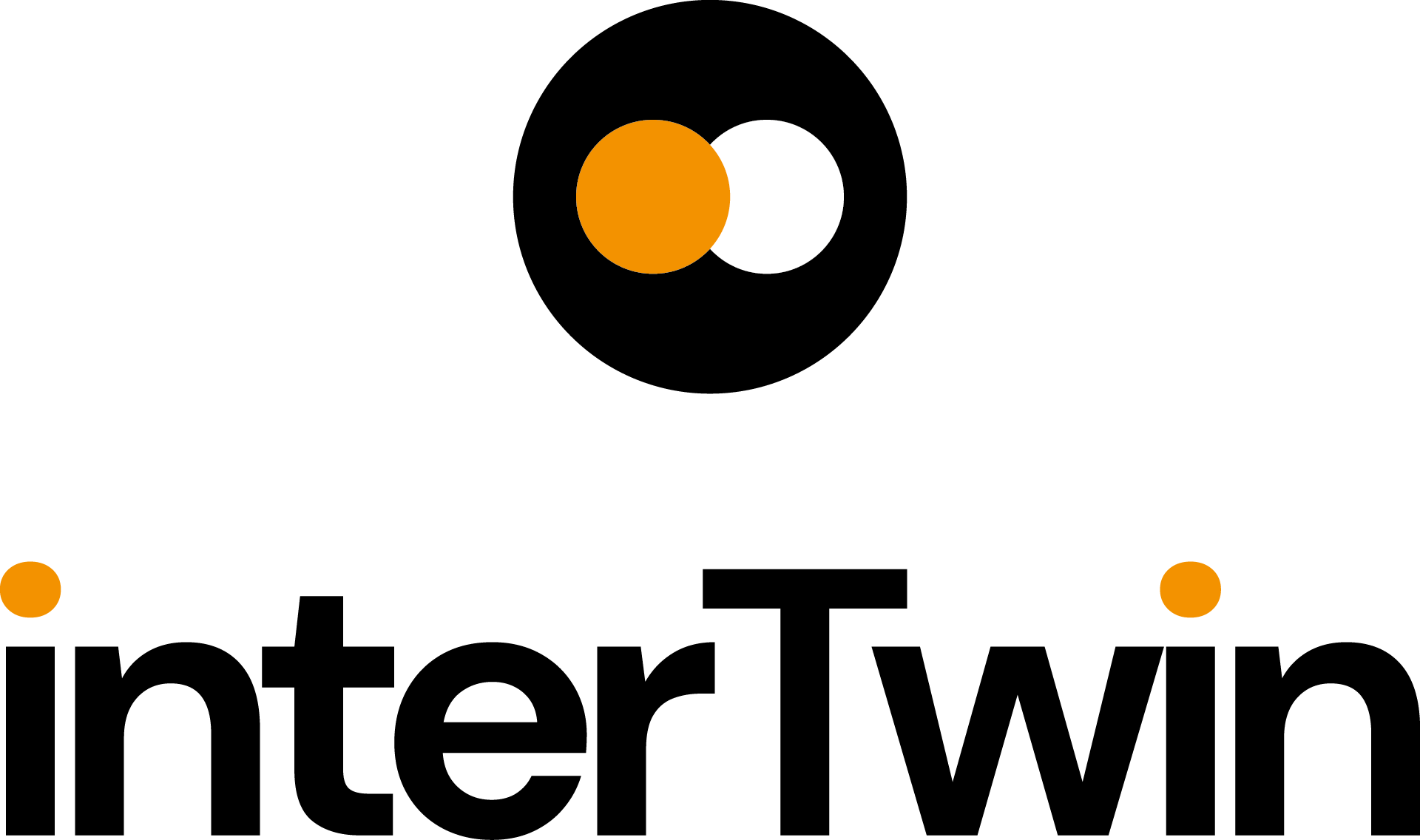The discovery of gravitational waves (GW) was one of the main scientific results in recent years and was awarded the Nobel Prize in 2017. After that first detection, many other events have then been observed by the Advanced Virgo and Advanced LIGO interferometers.
Besides getting ready for their next observation runs, the gravitational-wave community is designing a next-generation observatory, the Einstein Telescope.
But the sensitivity of GW interferometers is limited by noise. Noise reduction and subtraction is one of the most important and challenging activities in GW research. The Digital Twin (DT) of an interferometer is meant to realistically simulate the noise in the detector, in order to study how it reacts to external disturbances and, in the perspective of the Einstein Telescope, to be able to detect noise “glitches” in quasi-real time, which is currently not possible. This will allow the low-latency search pipelines to veto or de-noise the signal, sending out more reliable triggers to observatories for multi-messenger astronomy.




